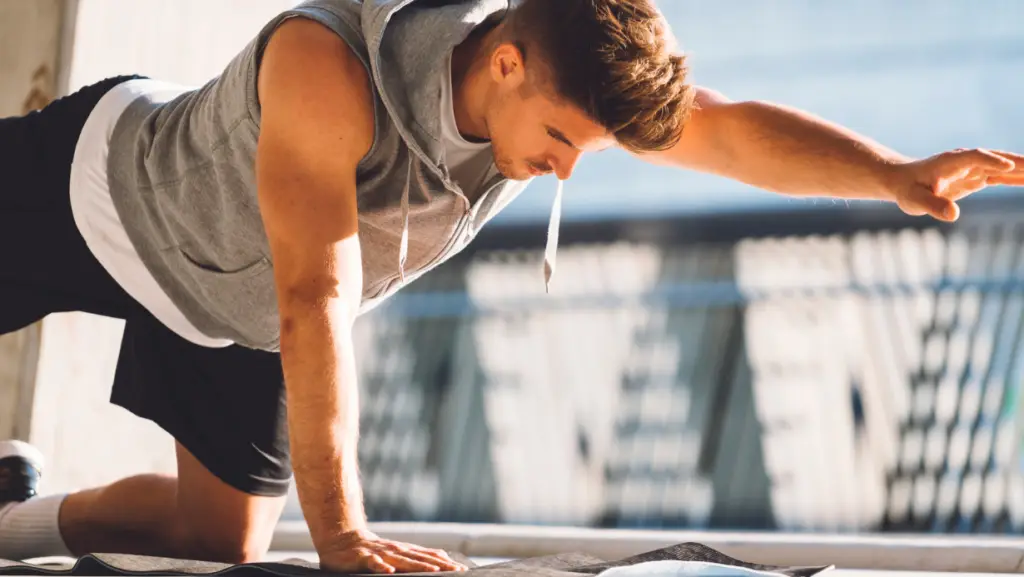Why Core Strength Key in Physical Therapy and How it Can Benefit You
When it comes to physical fitness, and overall well-being, having a strong core is essential for maintaining proper posture, preventing injury, and improving athletic performance and quality of life. In physical therapy, core strength is a key focus of many treatment plans, and for good reason. In this post, we’ll explore the importance of core strength in physical therapy and how it can benefit you.
What is the Core, Anyway?
The core refers to the group of muscles located in the abdomen, lower back, and pelvis – like a bridge that connects the whole body. These muscles work together to provide stability and support for the spine and pelvis, which helps to maintain proper posture and prevent injury.
The Benefits of Core Strength
Improving core strength can provide a variety of benefits, including:
-
Improved Posture: a strong core helps to keep your spine and pelvis in proper alignment, which can improve your overall posture.
-
Reduced Risk of Injury: strong core muscles provide stability and support for your spine and pelvis, reducing the risk of injury during physical activity or everyday tasks.
-
Improved Athletic Performance: core strength is essential for many athletic activities, such as running, jumping, and throwing. Improving core strength can lead to better athletic performance and reduce the risk of injury.
-
Reduced Back Pain: core strength can help reduce the risk of back pain by providing support and stability for your spine and pelvis.
-
Better Balance and Coordination: Your core muscles play a vital role in maintaining balance and coordinating movement between your upper and lower body. Strengthening your core improves your overall stability, making you less prone to falls and injuries.
How to Strengthen Your Core and Prevent Injury
To reap the benefits of a strong core incorporate core-strengthening exercises into your fitness routine:
-
Planks: This isometric exercise targets your entire core, engaging your abs, lower back, and glutes. It’s a versatile workout that can be modified to suit any fitness level.
-
Bicycle Crunches: This dynamic exercise works your obliques and rectus abdominis muscles, promoting core strength and stability.
-
Russian Twists: This rotational exercise targets your obliques, helping to improve balance and coordination.
-
Dead Bugs: This controlled movement engages your deep core muscles, enhancing your stability and reducing the risk of injury.
Remember, consistency is key in building a strong core. Aim to incorporate core-strengthening exercises at least three times a week, and don’t forget to include flexibility and balance exercises in your routine.
How Physical Therapy and Personal Training Can Help
Our therapists and trainers will work with you to develop a customized treatment plan that’s tailored to your individual goals and needs. By working with a physical therapist or trainer, you can develop the skills and knowledge necessary to improve core strength, maintain proper posture, prevent injury and lessen (or eliminate) chronic pain in your daily life.
A strong core is the cornerstone of a healthy, injury-free body. By focusing on strengthening your core, you’ll improve your posture, prevent injuries, and elevate your athletic performance. So, don’t wait any longer—start working on your core today and unlock your true potential!
Click here to request an appointment today!


